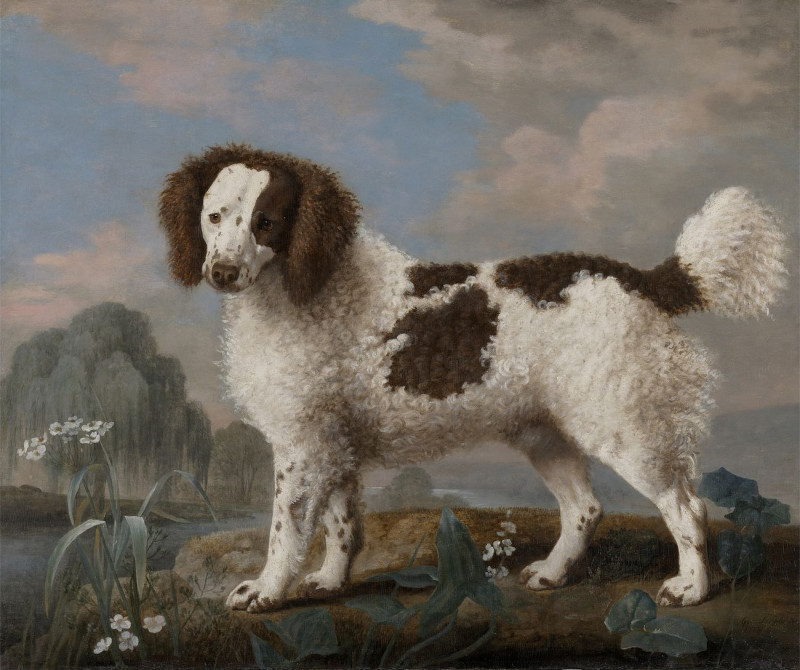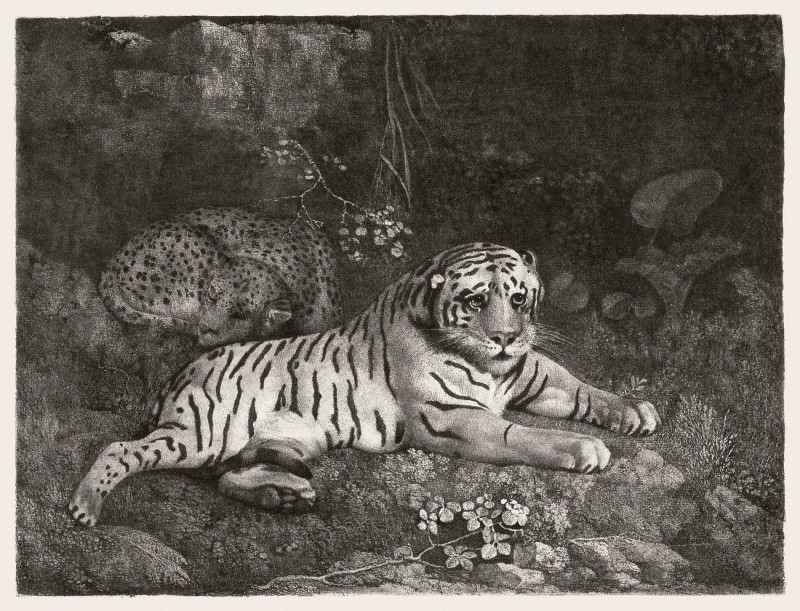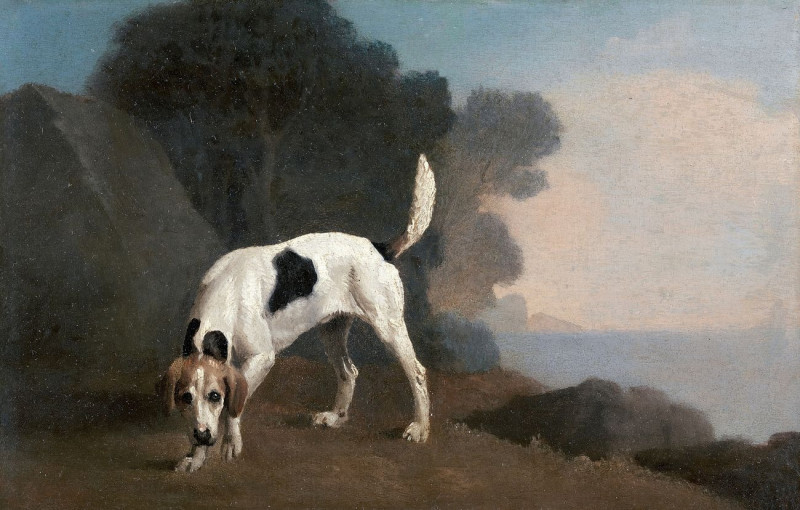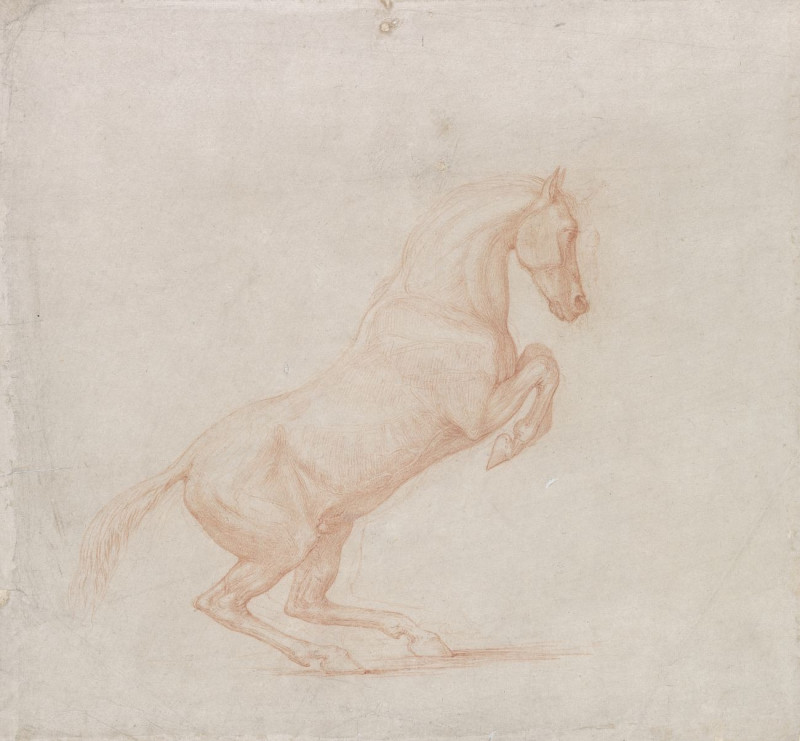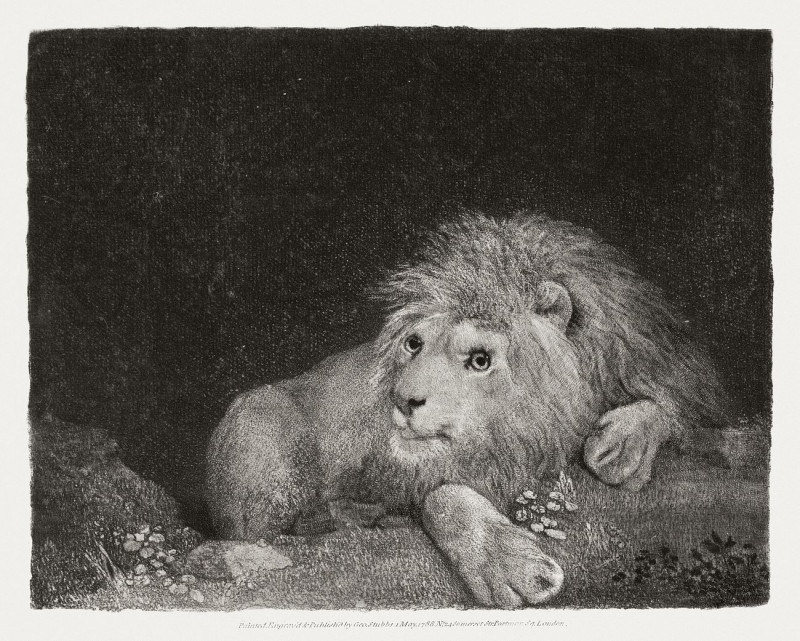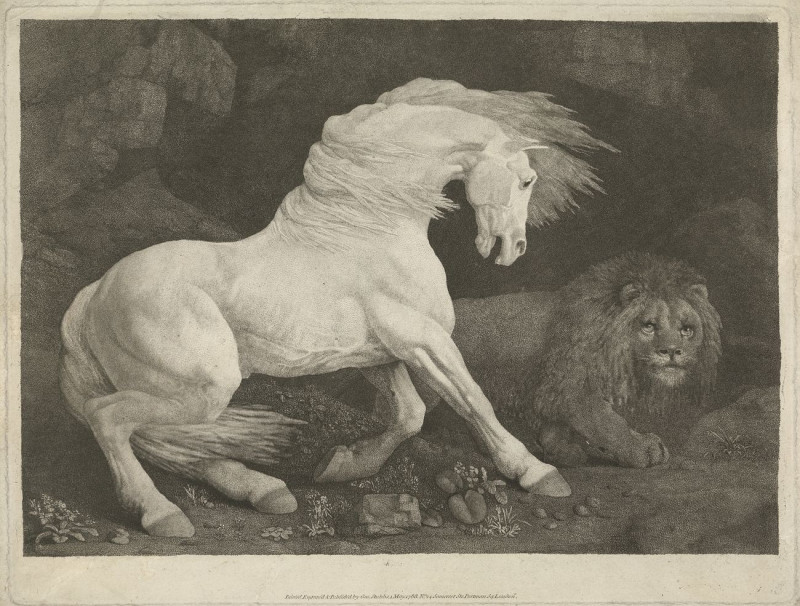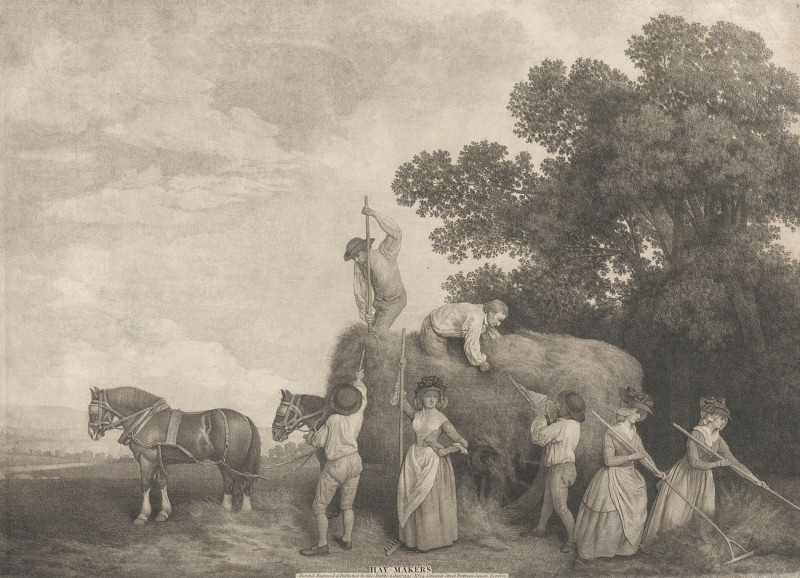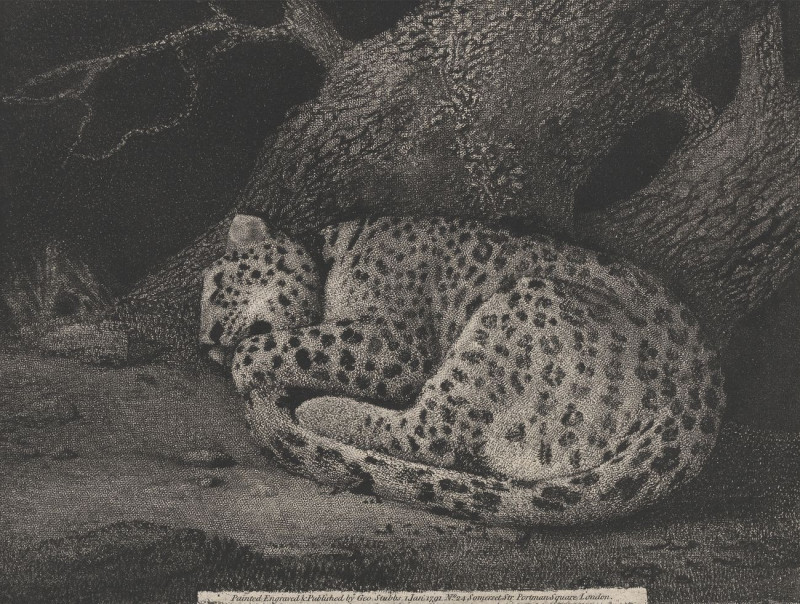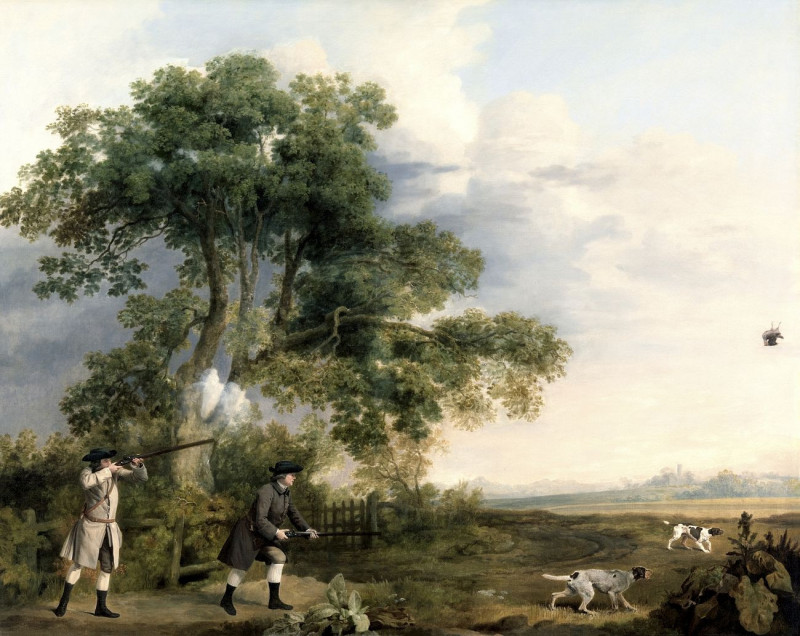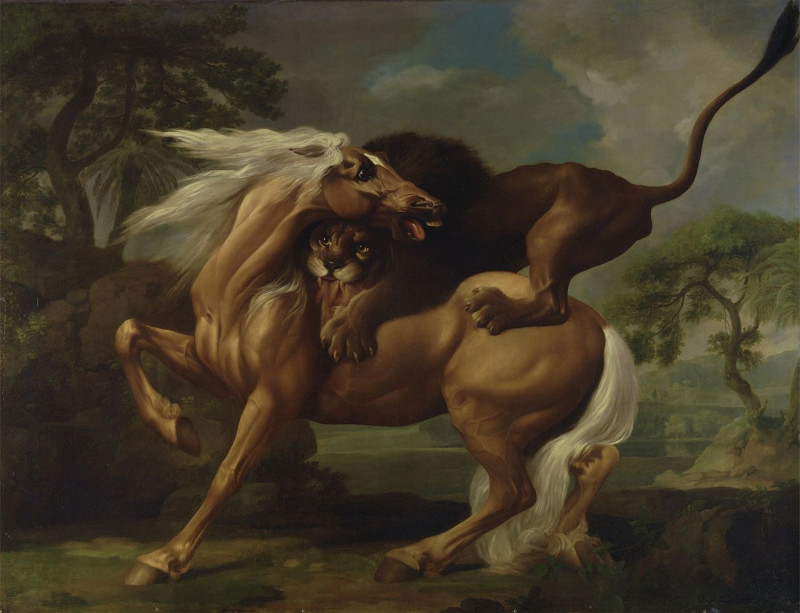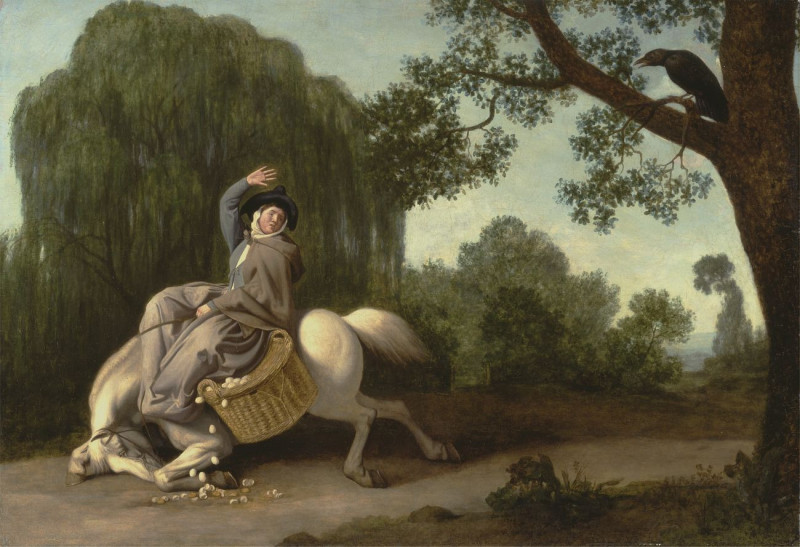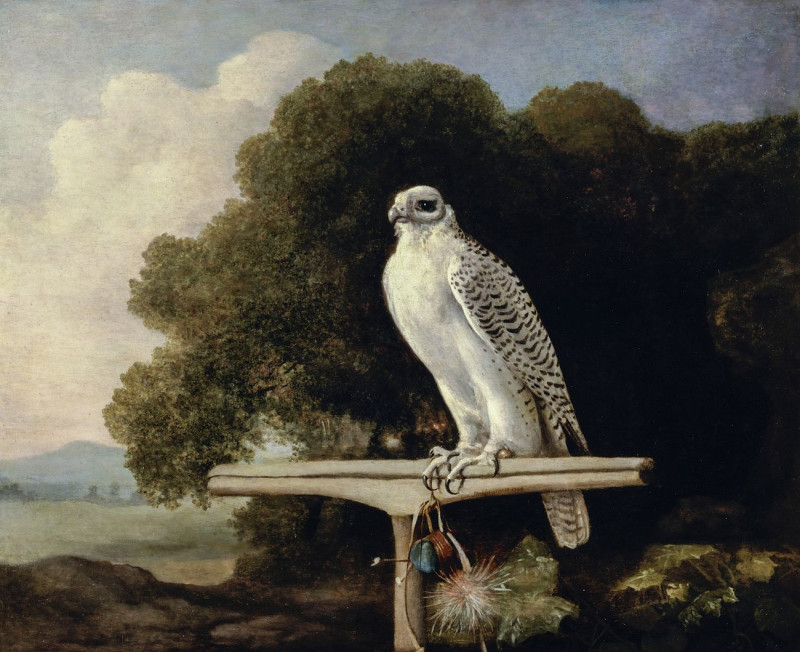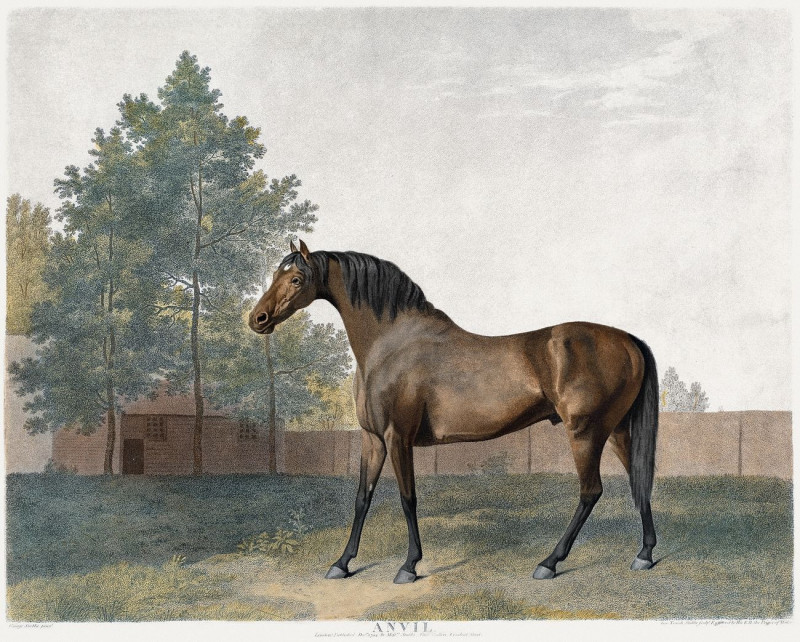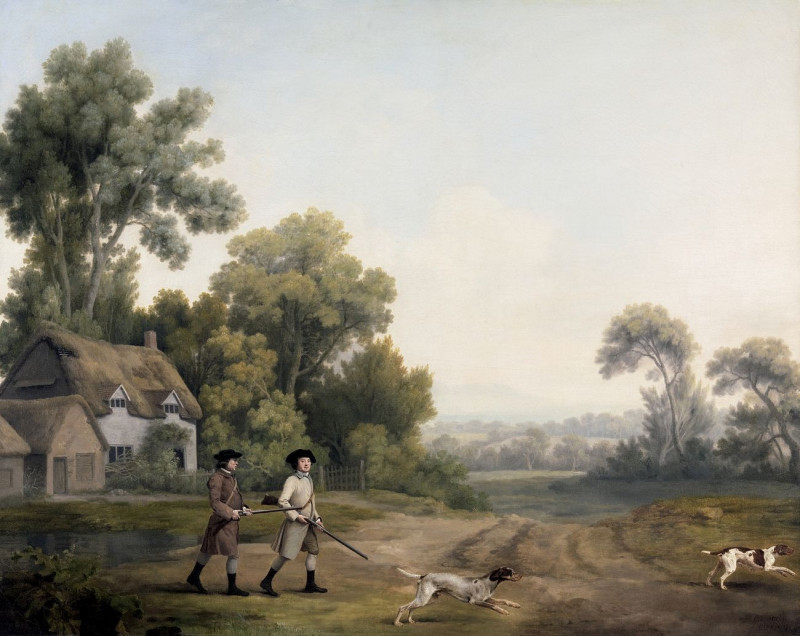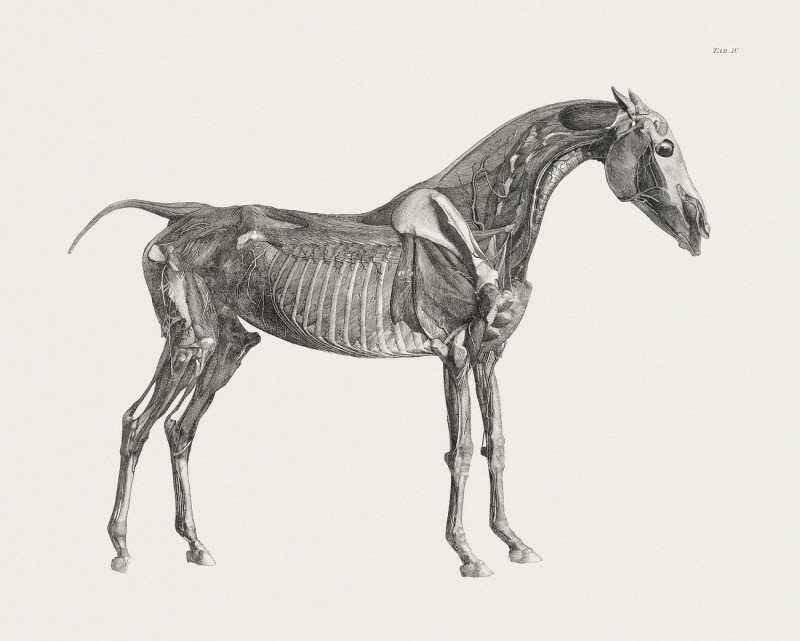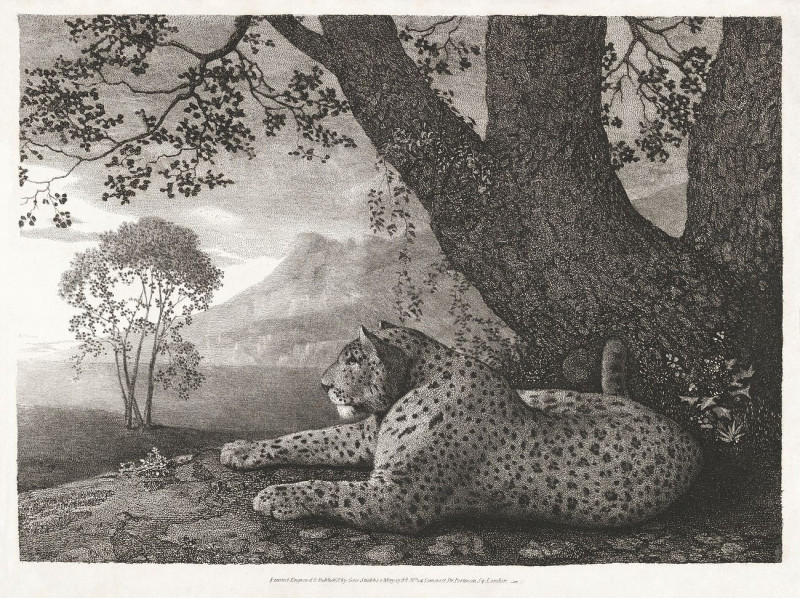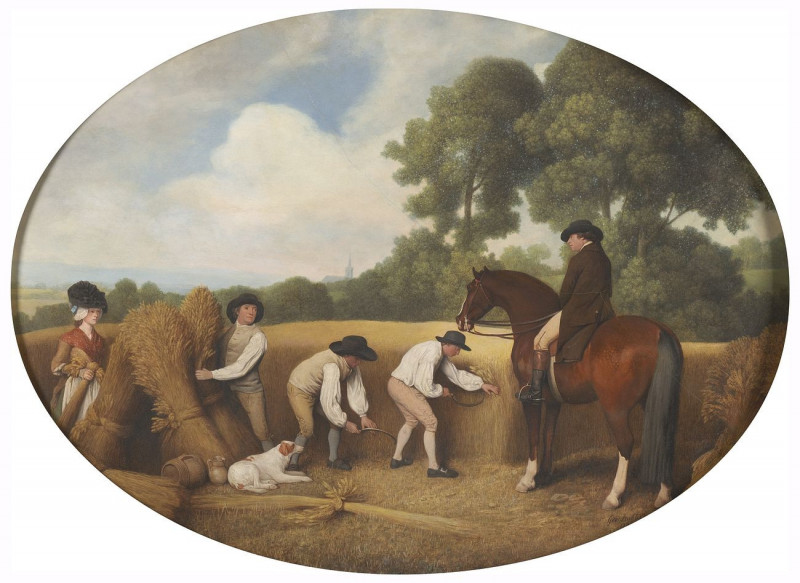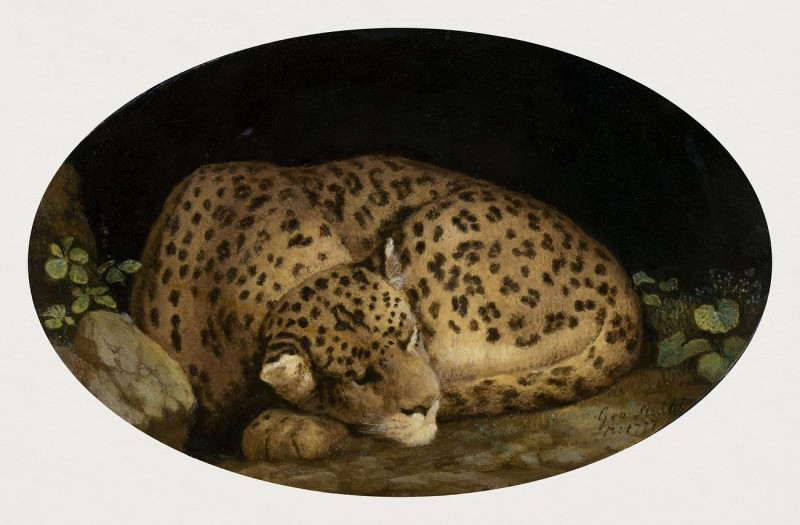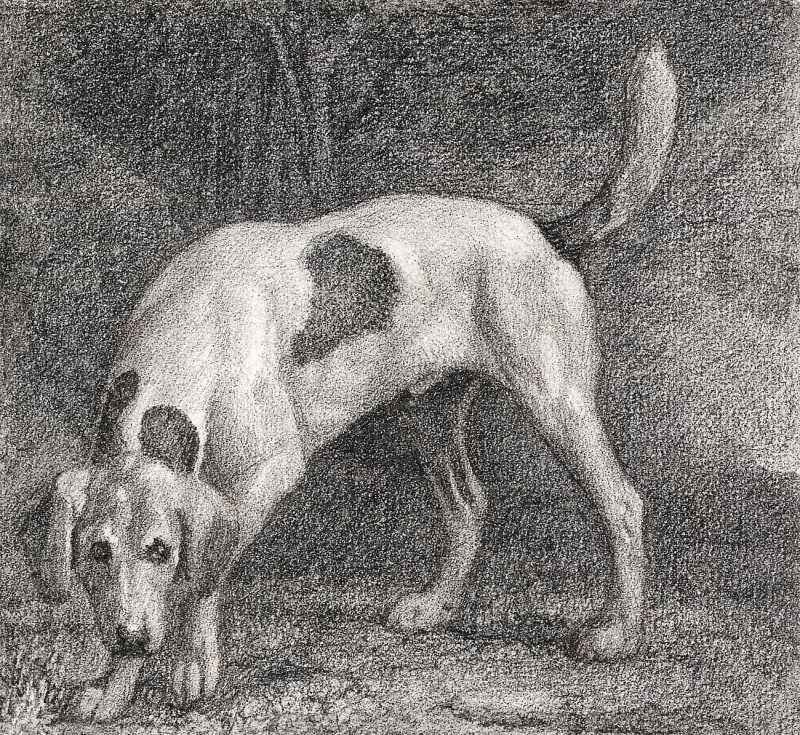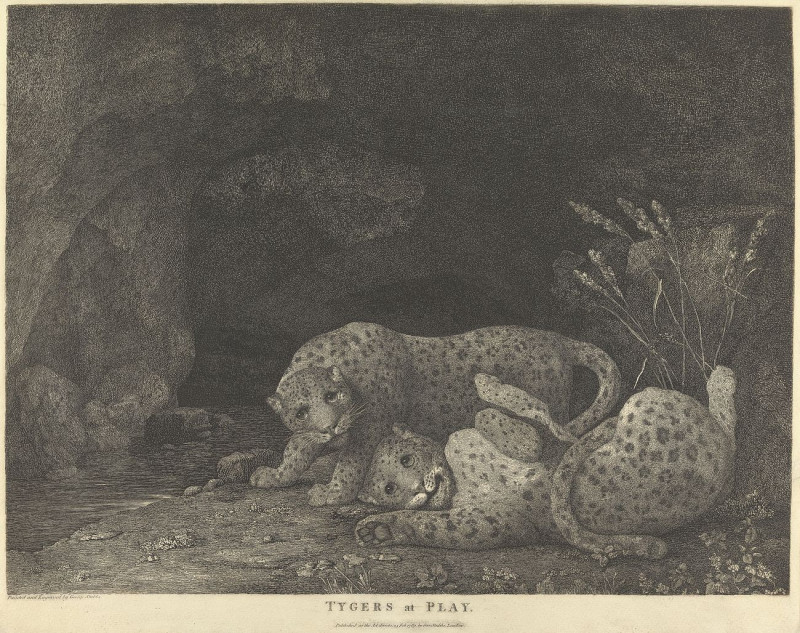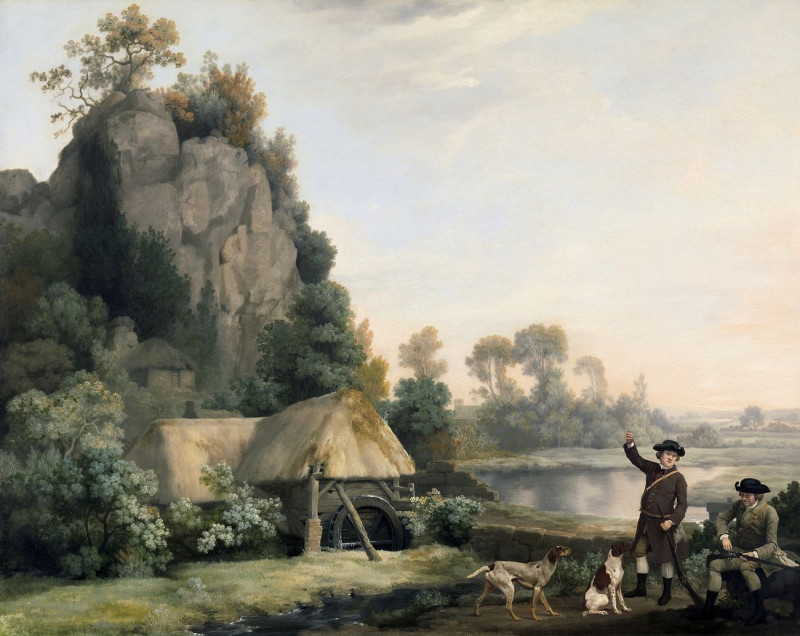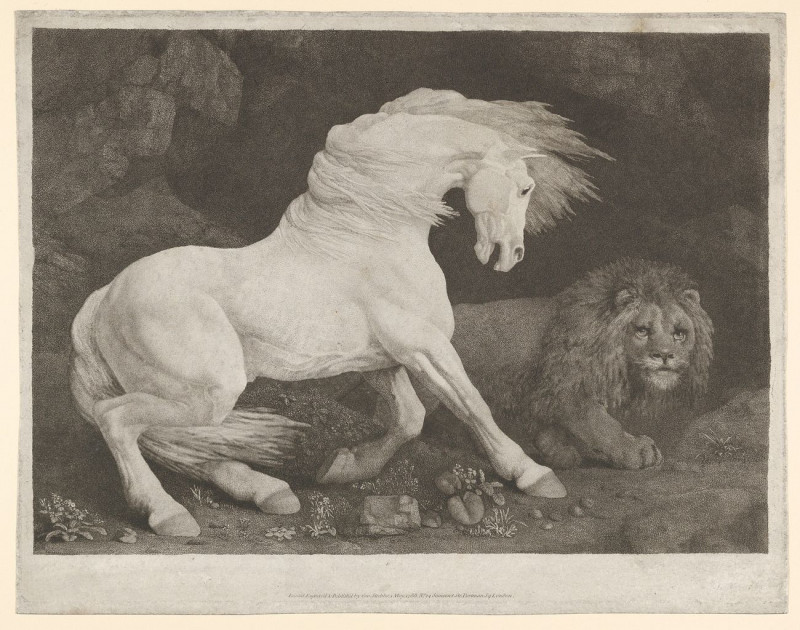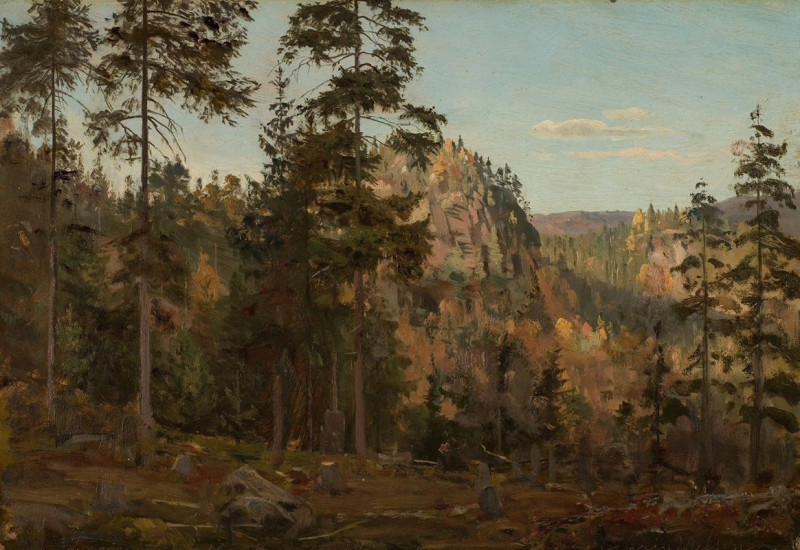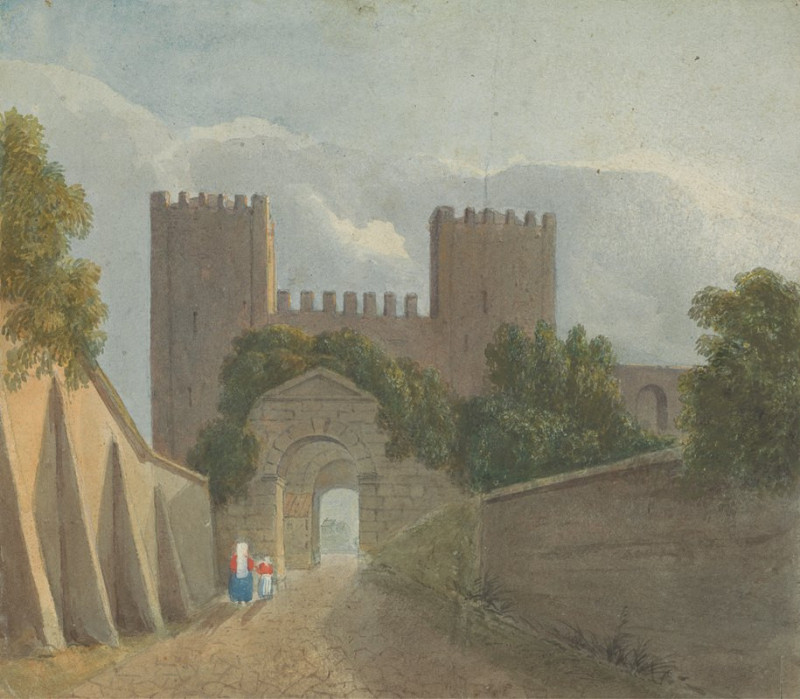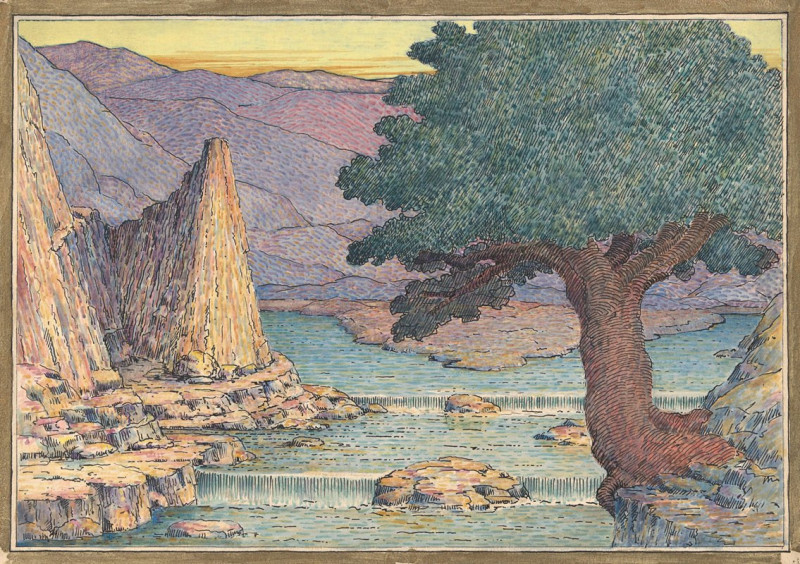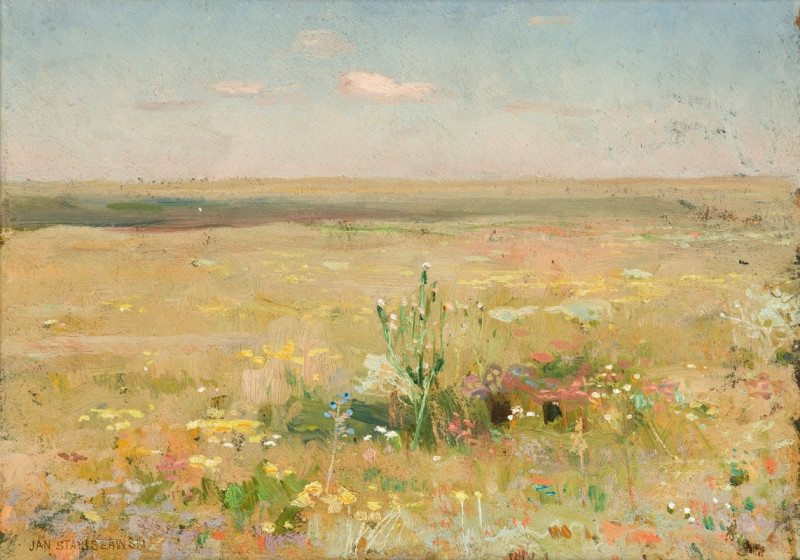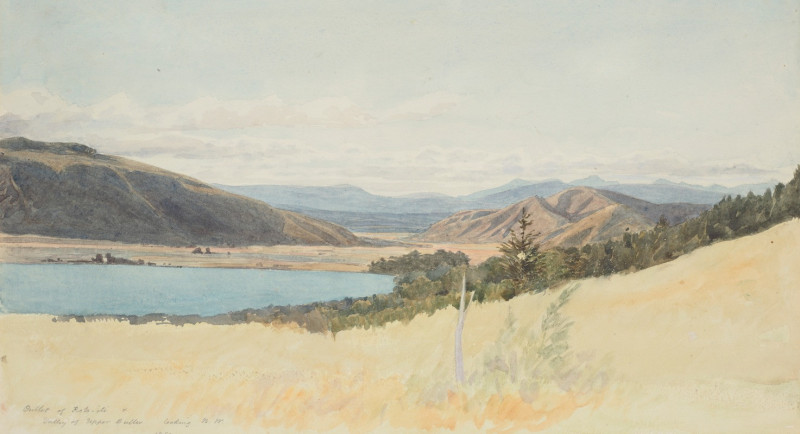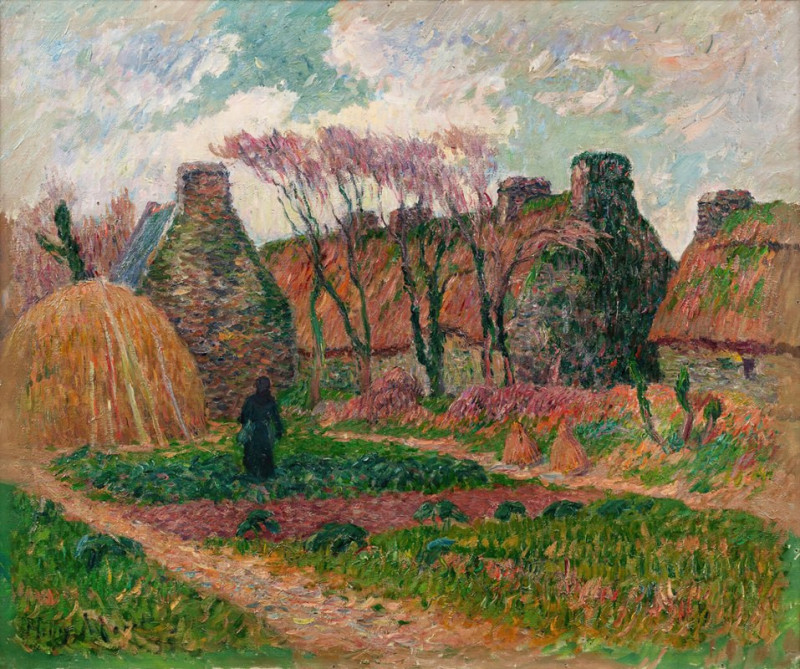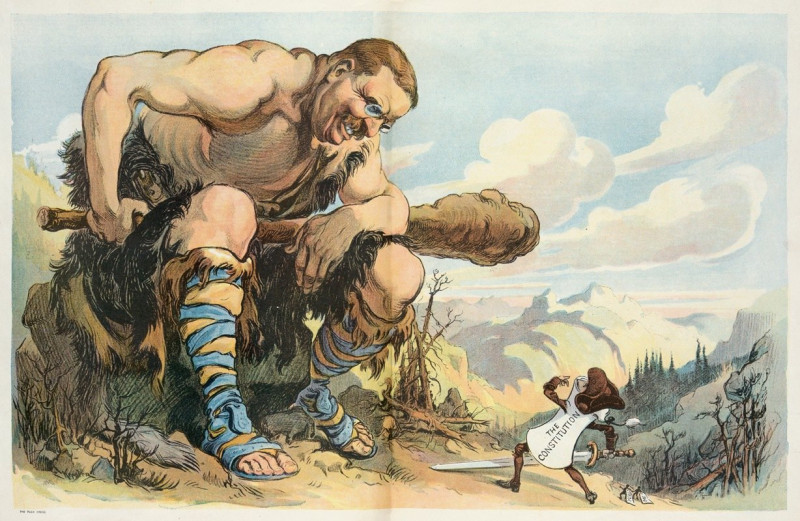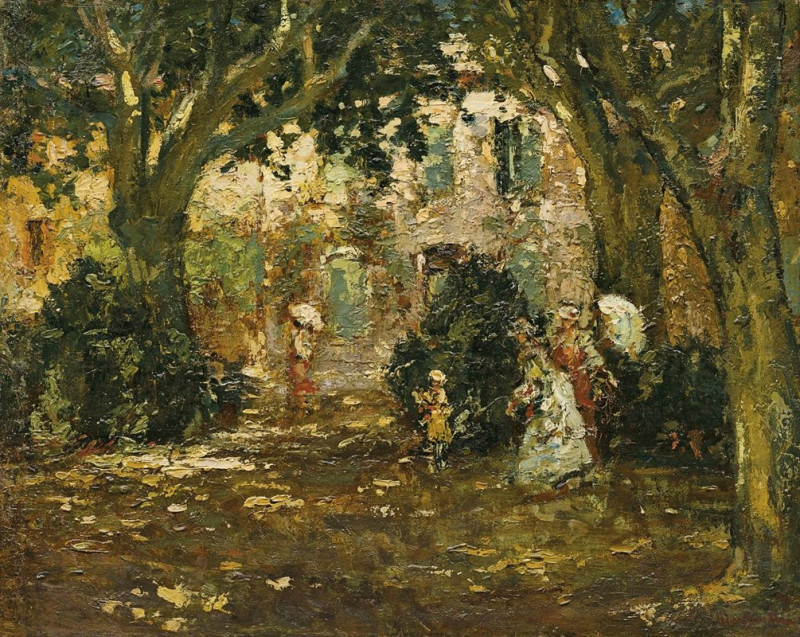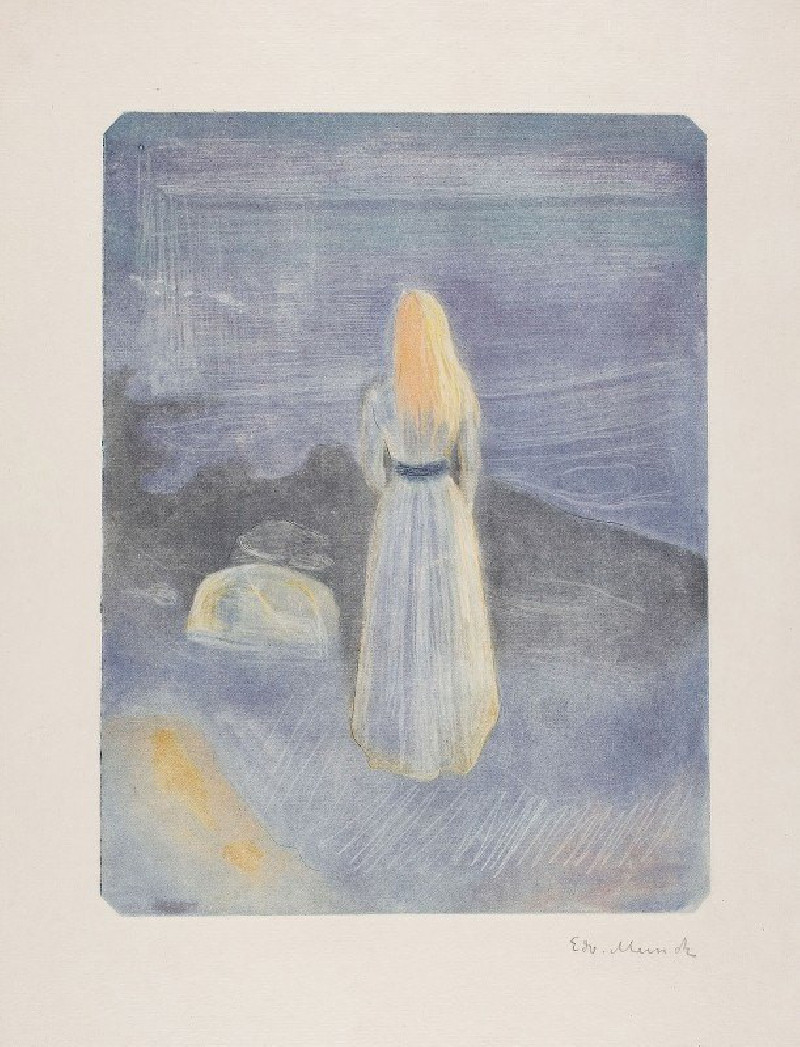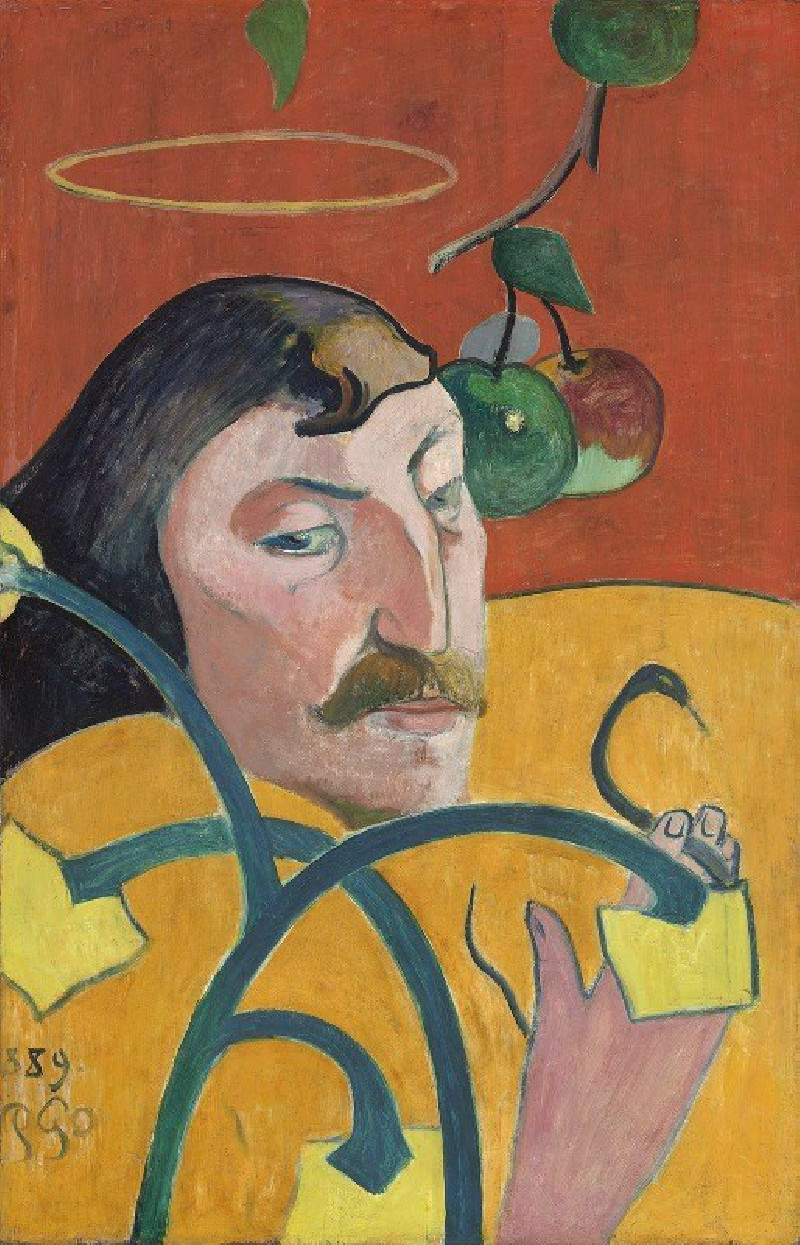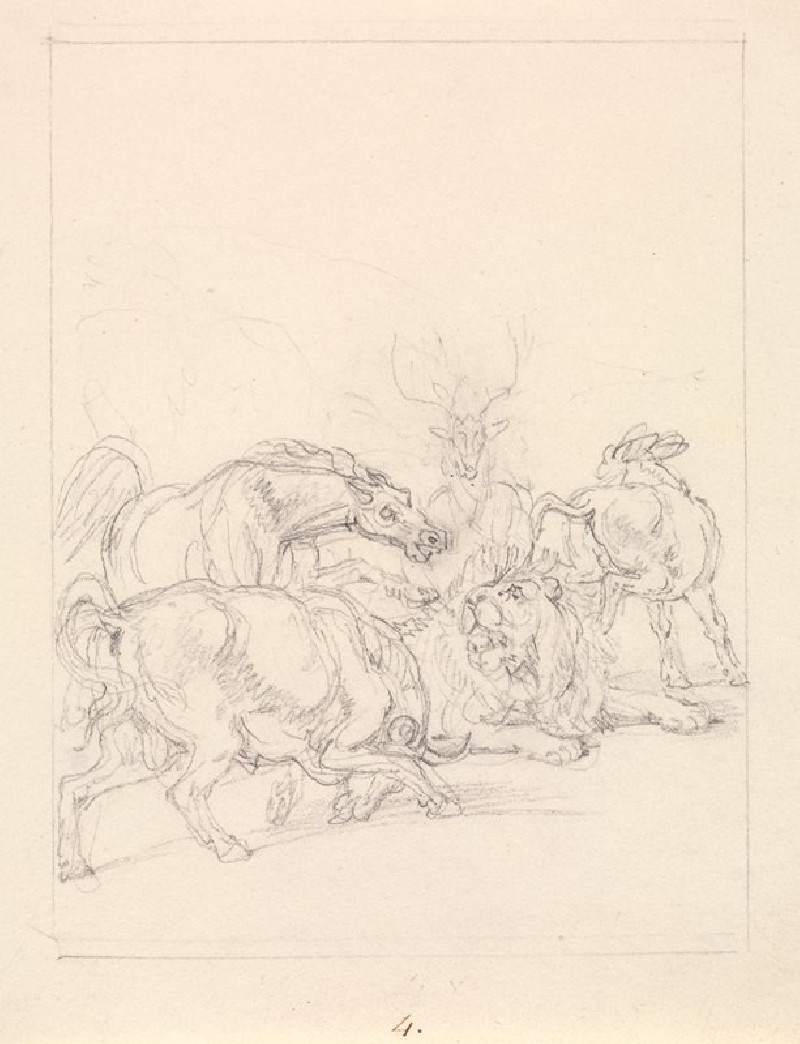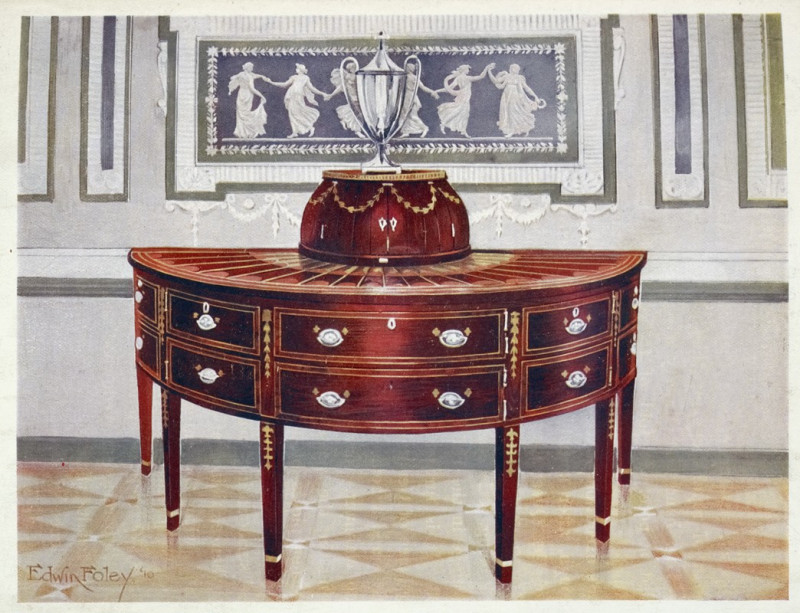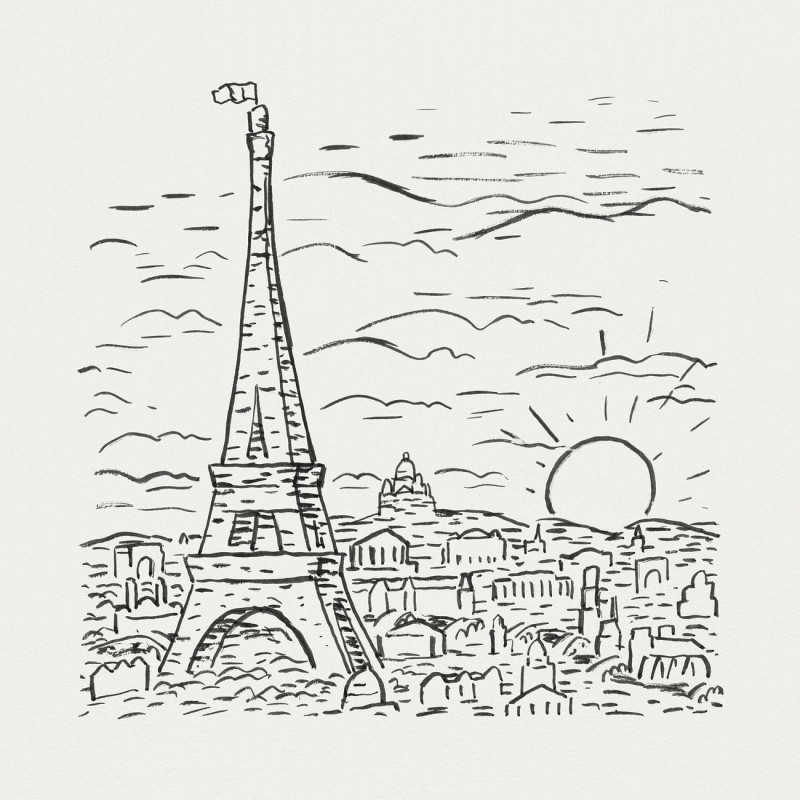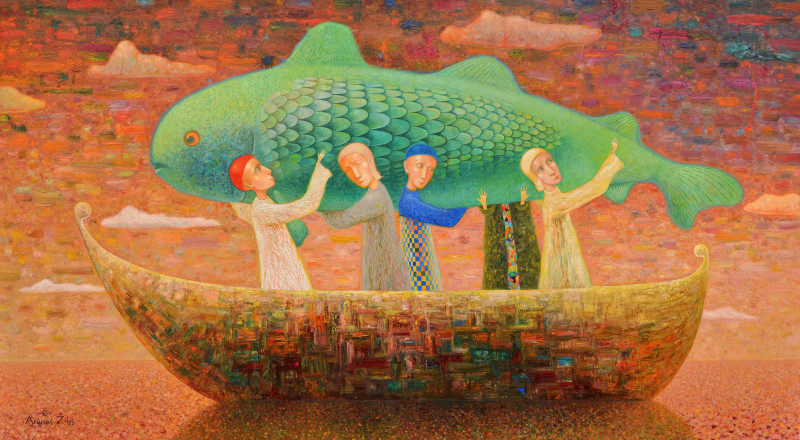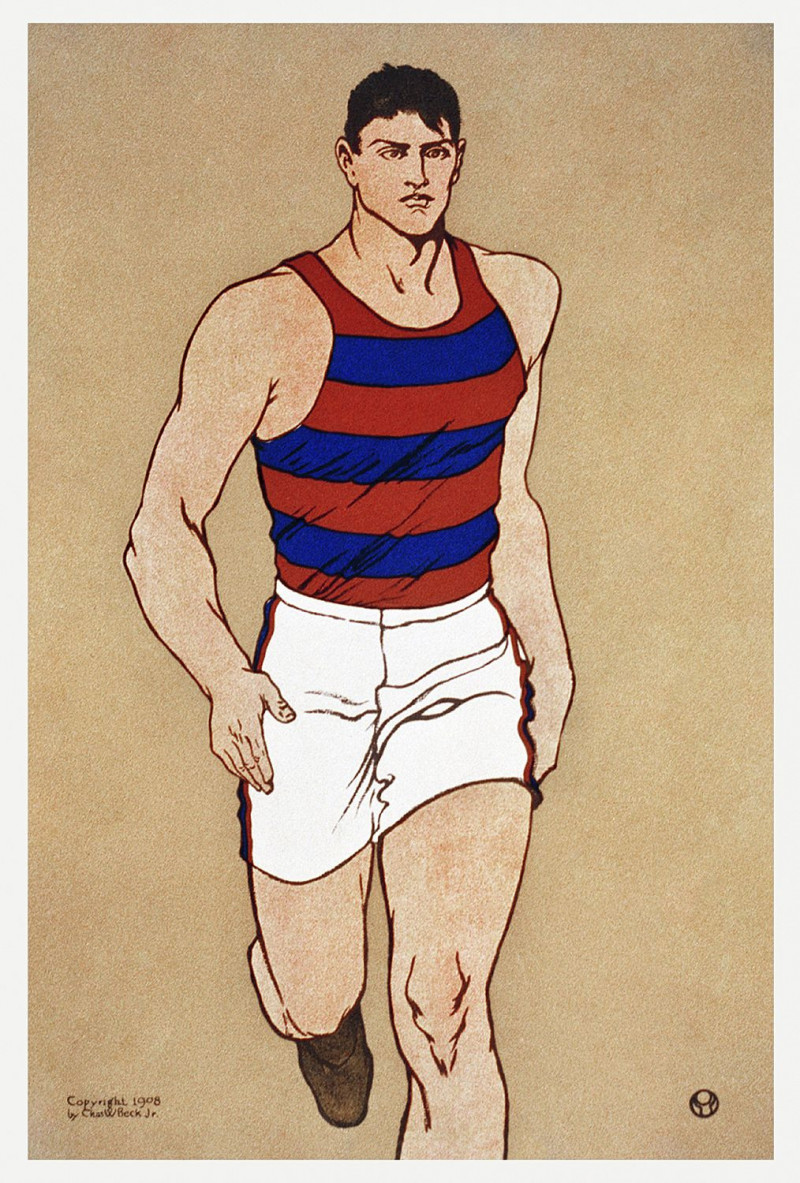Zebra
Technique: Giclée quality print
Recommended by our customers
More about this artwork
This painting titled "Zebra" by George Stubbs showcases a single zebra standing amidst a tranquil forest setting. The zebra is depicted with great detail and accuracy, featuring its distinctive black and white stripes. The artist has achieved a high degree of realism in portraying the animal's texture and form. The background of the painting consists of a lush woodland scene with various shades of green, detailed tree trunks, and soft dappled light filtering through the leaves, creating a serene and naturalistic environment. The positioning of the zebra in the foreground, coupled with the detailed, shadowy groves in the background, lends a depth to the composition that highlights the zebra as the central focus of the artwork. Stubbs' skill in reflecting the natural world’s calm and beauty is evident in this painting, making it a remarkable example of his work with animals and natural settings.
Delivery
Returns
George Stubbs (25 August 1724 – 10 July 1806) was an English painter, best known for his paintings of horses. Self-trained, Stubbs learnt his skills independently from other great artists of the 18th century such as Reynolds and Gainsborough. Stubbs' output includes history paintings, but his greatest skill was in painting animals, perhaps influenced by his love and study of anatomy. His series of paintings on the theme of a lion attacking a horse are early and significant examples of the Romantic movement that emerged in the late 18th century. He enjoyed royal patronage. His painting, Whistlejacket hangs in the National Gallery, London.



